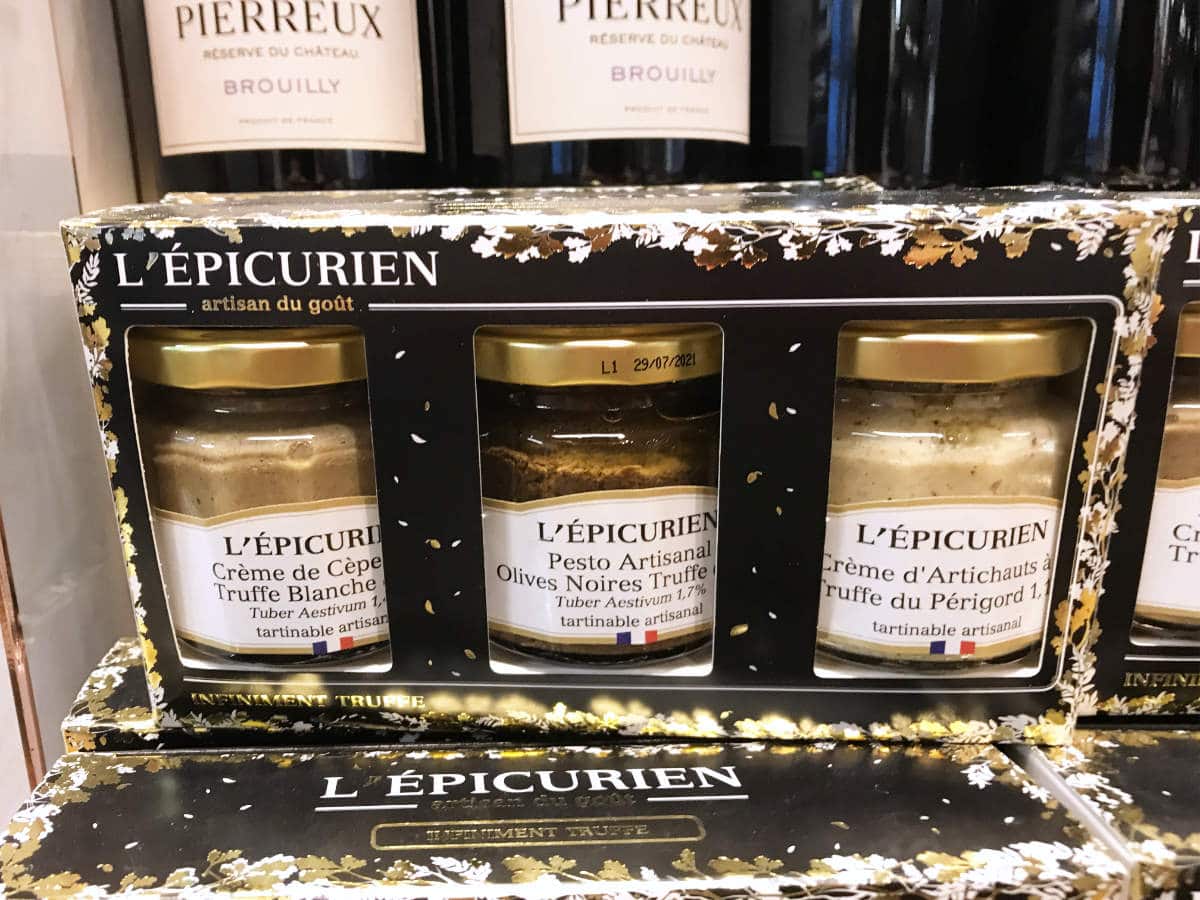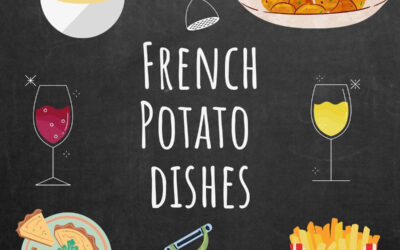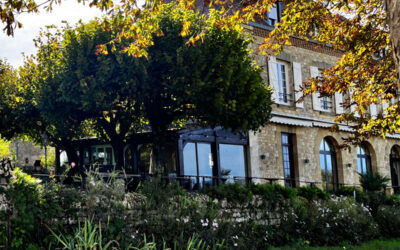The French are known for their reputation of impeccable cuisine, and the food in Nouvelle-Aquitaine is no different. The cuisine here is quite varied, so there’s plenty to try on your travels across the region.
The Nouvelle Aquitaine region includes the former regions of Poitou-Charentes, Limousin, and Aquitaine which it absorbed in 2016. (To its north are the regions of the Loire, Auvergne-Rhône-Alps to the east, and Occitanie to the south-east.) The capital of Nouvelle-Aquitaine is Bordeaux, which has a food and drink culture of its own.
The region has quite a varied climate and culture, with a love of seafood on the coast in Charente, truffles in the inland department of Dordogne, and a strong Spanish influence on the food in Basque country in the south on the Spanish and Andorran borders.
So from Bordeaux to Biarritz, and Poitiers to Limoges, if you are a foodie on a trip to this part of France, be prepared to eat and drink your way through Nouvelle Aquitaine. Bon appétit!
1. Gâteau Basque cake
The gâteau basque is similar to the flan, but it is traditionally filled with black cherries, cream almond, or rum and vanilla. Created in Basque country near the French-Spanish border in the 19th century, it used to only be served on Sundays and public holidays.
These days, a gâteau basque festival is celebrated every year in October in the town of Cambo-les-bains in Nouvelle Aquitaine.
2. Ossau-Iraty and other cheeses
Produced in Basque country near the French-Spanish border, ossau-iraty is made of sheep’s milk. It is named after the mountain Midi d’Ossau and surrounding Forêt d’Iraty, where the sheep graze.
It is the only sheep’s milk cheese to be protected with the AOC, along with the more famous roquefort. The cheese has a light and nutty flavor. You can buy Ossau-Iraty here.
3. South-west wine region
Nouvelle Aquitaine is the region of Bordeaux wines in the Gironde department. With some of the most popular red wines in the world, Bordeaux is a wine region to be reckoned with.
Located on the west coast of France, its easy access to the ocean meant that Bordeaux wines could be easily exported to England, Netherlands, and other European countries as early as the Middle Ages.
When Eleanor of Aquitaine married the English king Henry II, she and her royal court brought with them their culture of wine, as well as easy access to Bordeaux’s vineyards.
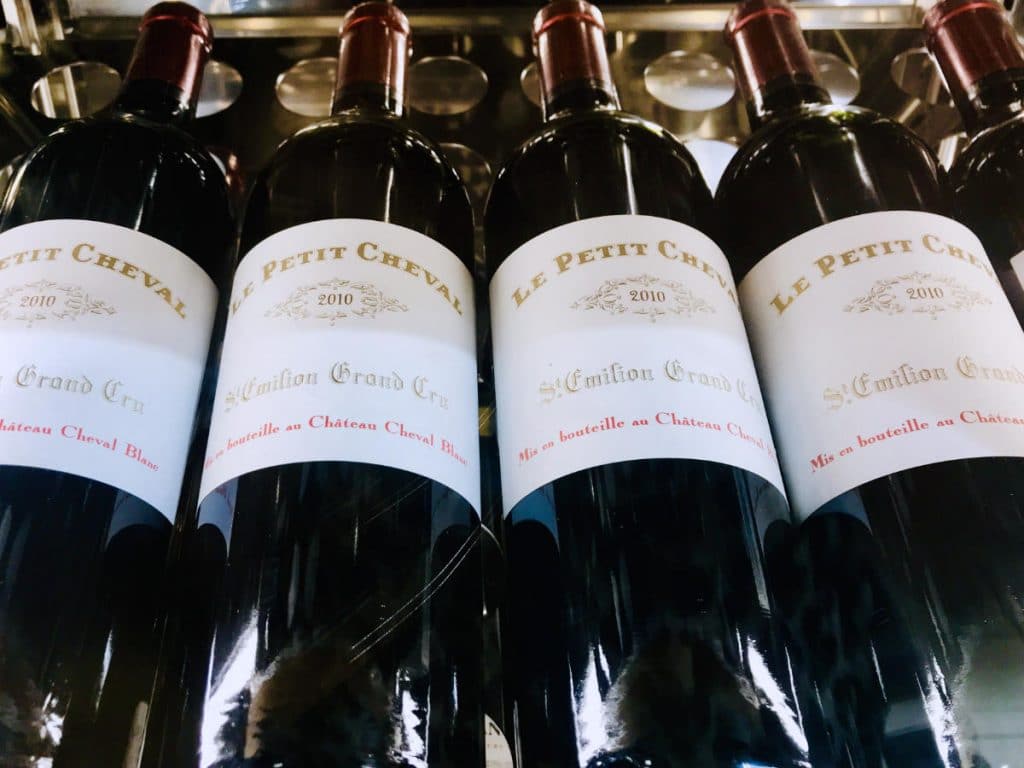
In addition to the Bordeaux, there are also other big names in the area. Right next to Bordeaux is the tiny Sud-Ouest (South-West) wine region in France, which covers the areas around the Dordogne and Garonne rivers. The biggest names in this area are the Cahors, Bergerac, and Gaillac. These are mostly red wines, although you will find the odd rosé or white.
The grape that is common in this area is Malbec which used to be widely grown in the Burgundy area but which has recently been losing ground to the Merlot which has grown in popularity.
Malbec has a rich aromatic taste with notes of prunes, blackberries, and blueberries and is an ingredient in the Cahors AOC. You can read more about French wines here.
4. Cognac
Cognac is a type of brandy that comes from the French town of Cognac in Nouvelle Aquitaine (similar to Champagne which can only come from the Champagne region of France).
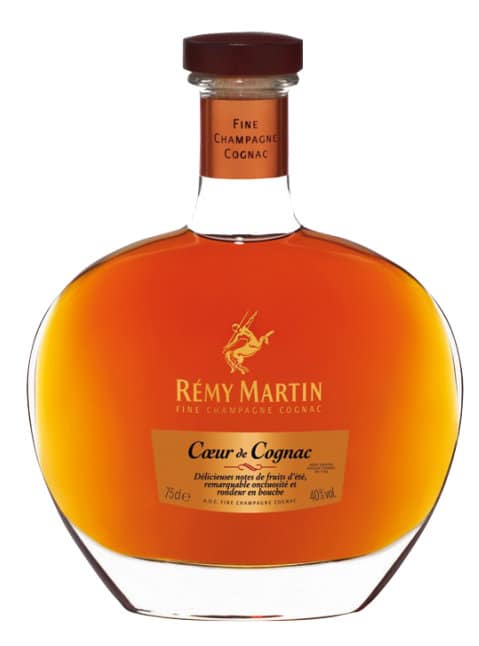
After the grapes are pressed, the juice fermented for a couple of weeks with wild yeast from Cognac converting the sugar into alcohol. It is then distilled and aged in oak casks for at least two years, giving it an alcohol content of around 40%.
The cognac is blended with different cognacs from different years by a master blender (maître de chai) to come up with the perfect taste.
5. Armagnac
Similar to Cognac, Armagnac is an aged brandy from the region of Armagnac, near the foothills of the Pyrénees mountains (near Spain). The area it is produced in is much smaller, however, which is why it is not usually exported outside of France, and thus not as well known.

For French people though, it is Armagnac that is more popular, being the oldest French brandy, which used to be consumed reputedly for “therapeutic benefits”.
In addition, there is Pineau de Charentes which is a fortified wine made from unfermented grape juice and cognac.
6. Truffle
The Périgord and Dordogne departments of Nouvelle Aquitaine is famous for its truffles, with over 8-9 tonnes of black truffle produced there every year. With an emphasis on freshness, terroir, and authenticity, they called black diamonds.
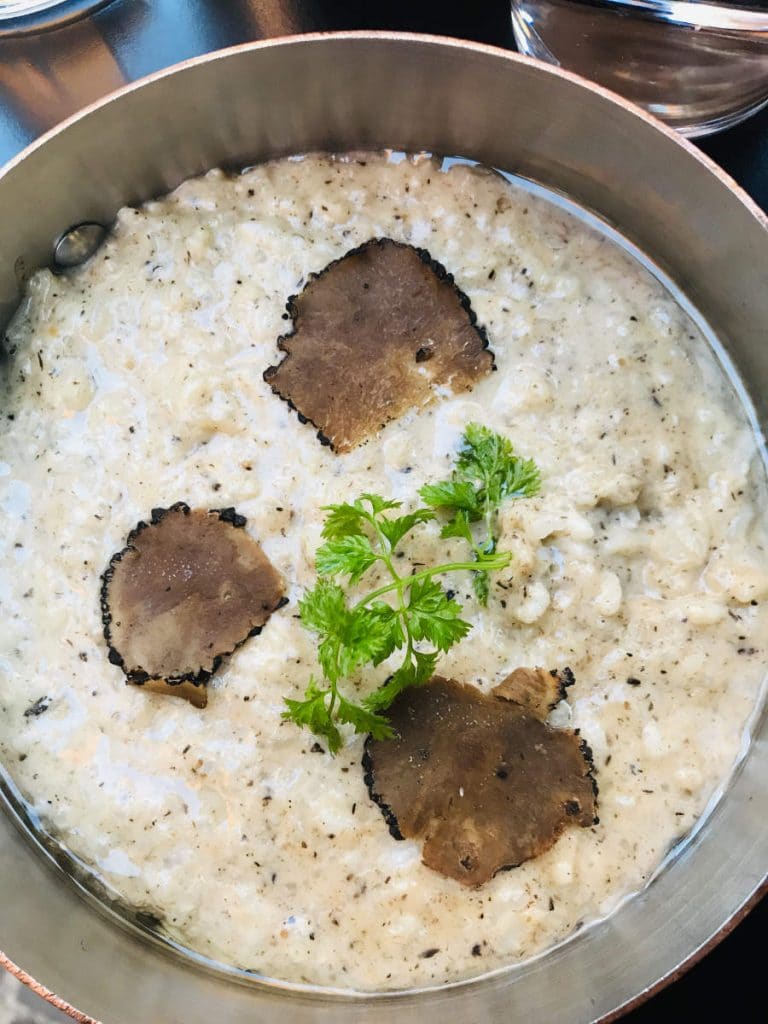
And they can cost as much as a diamond. Because of their rarity, truffles sell at between €400-700 per kilo.
Each year in mid-January, the town of Sarlat in the Dordogne department of Nouvelle Aquitaine hosts a famous festival celebrating the truffle.
With music and festivities, along with markets selling fresh truffles and related artisanal products, you can learn everything from how to find and pick truffles to how to cook them.
7. Dacquoise
The Dacquoise is a cake from the southwest of France in Nouvelle Aquitaine. It consists of two or three layers of almond dough separated by layers of butter cream and sometimes fruit.
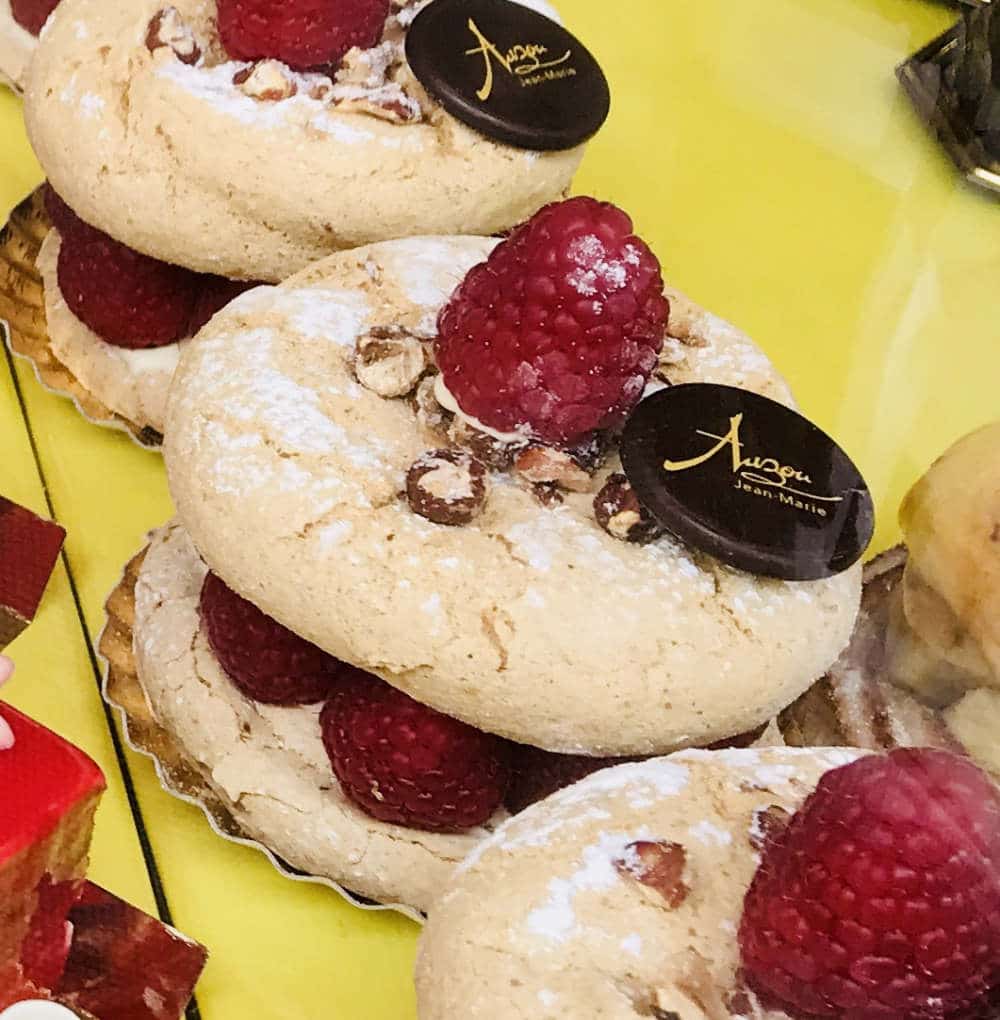
Often nuts like pistachios, coconut, or hazelnuts will be baked into the dough as well.
8. Foie Gras
Whether you are celebrating Christmas in France, or just a regular evening with friends, foie gras is an incontournable (an essential).
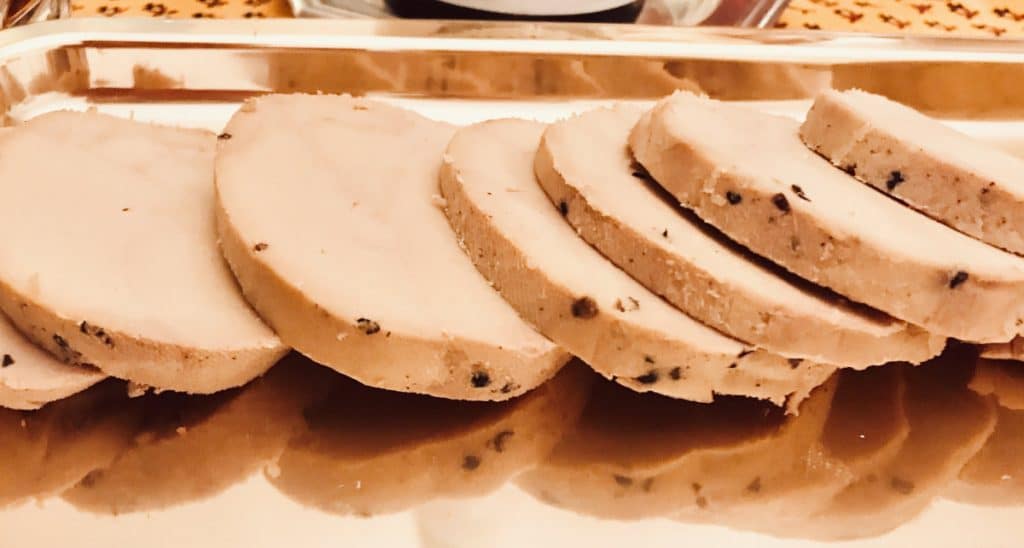
In France, there are many types of foie gras that you can find. The process dates back to antiquity and is legally protected. There are different types of foie gras, from the most expensive to cheaper as follows:
- foie gras entier – means “whole foie gras” which is made of one or two whole livers
- foie gras – made of pieces of livers reassembled together
- bloc de foie gras – a fully cooked, assembled and moulded block made of 98% or more of foie gras
If foie gras itself is too expensive, you can also try a pâté of foie gras. It is usually cut in slices and arranged on a tray, along with some mini toasts. Pair them together and munch away.
And if you enjoy foie gras, head to the town of Sarlat-la-Canéda in the Dordogne dept of Nouvelle Aquitaine where the first weekend of March is when a celebration of foie gras is held. You can read more about eating foie gras here.
9. Grand Marnier
If you prefer to skip dessert, a sweet fruity liquor with 40% alcohol content may be what you are looking for. Grand Marnier is an orange-flavored liqueur created in 1880 by Alexandre Marnier-Lapostolle in the Cognac region of France.

It blends Cognac brandy with bitter oranges and sugar, to come up with its own digestif.
Grand Marnier Cordon Rouge is 40% alcohol, but since it is so sweet, it is also often used as an ingredient in desserts such as pastries, cakes, crêpe flambée, and even the classic French Christmas cake.
10. Périgord salad (Landaise salad)
The Périgord in the Nouvelle Aquitaine region of of France is noted for its cuisine, especially its duck and goose specialities such as confit de canard and foie gras.
With duck being so popular in this part of western France, it stands to reason that one of its namesake dishes is the salade périgordine featuring the duck. (The department next door has a similar salad called the salade Landaise originating from the Landes area which is also famous for its duck specialities.)
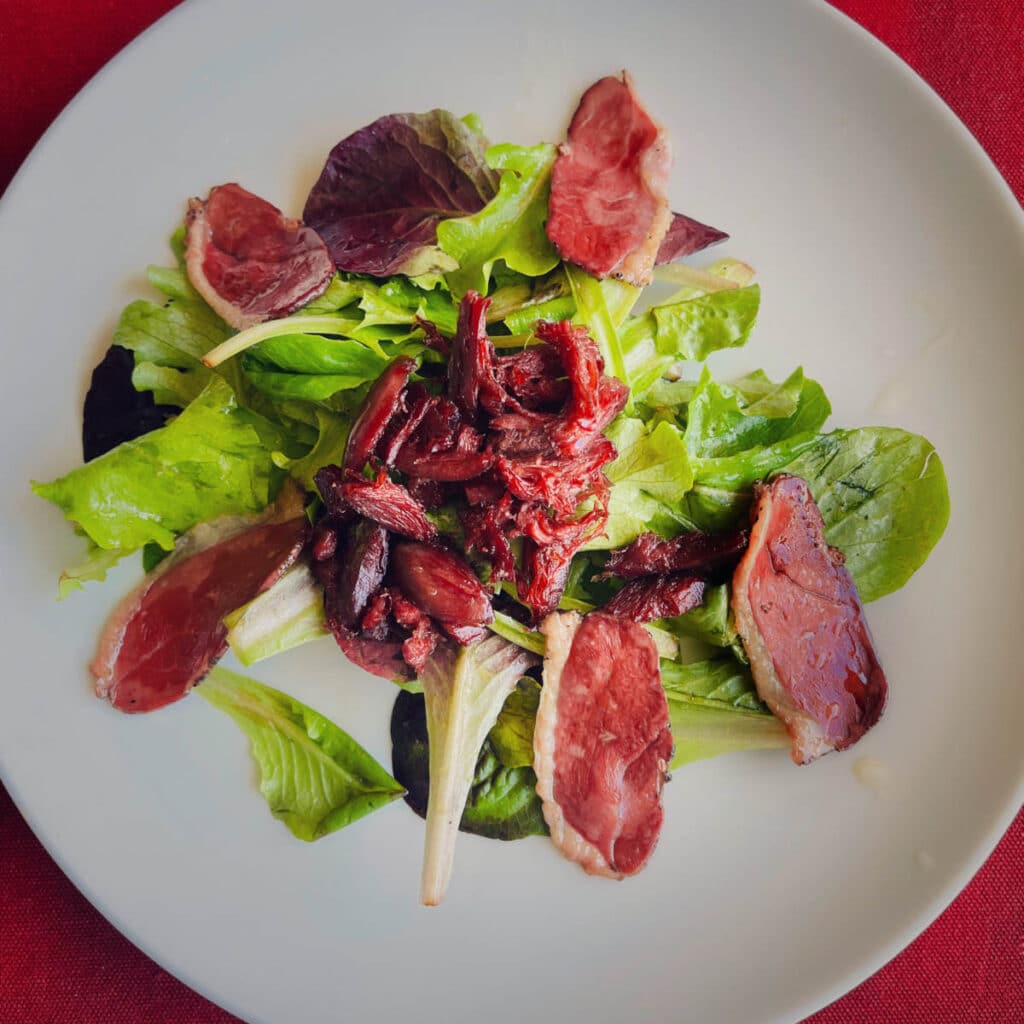
And it is duck gizzards, which is basically cooked and preserved duck giblets, that are prominently featured in the salade périgordine. You can read more about how to make the salade périgordine here.

If you enjoyed that article, you may enjoy reading more about other traditional French foods and drinks. A bientôt!
